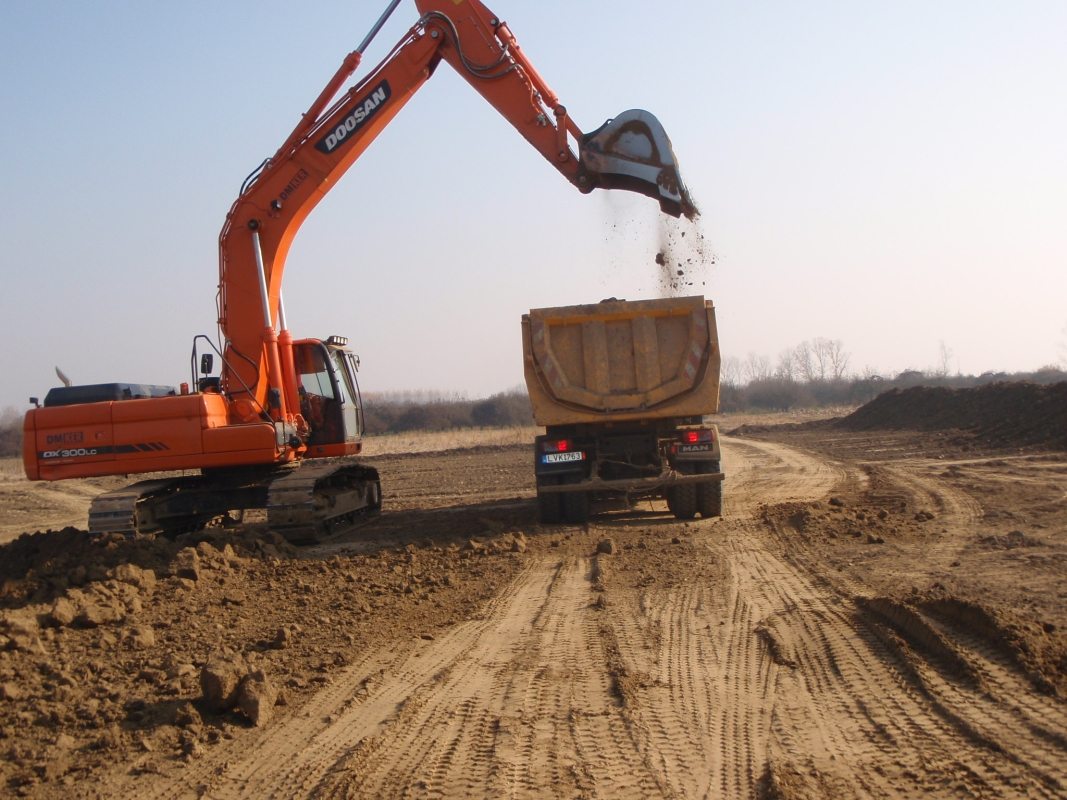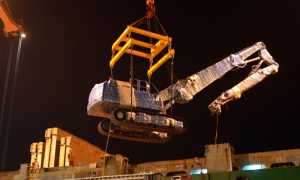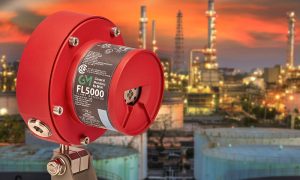Excavator Examination
What do you need to look out for if you want to pick up an excavator? CMME shows how to pick the right machine for you.

What do you need to look out for if you want to pick up an excavator? CMME shows how to pick the right machine for you.
Excavators are great for just about any kind of business since they are very easy to operate, have a small foot print, are very low in cost, and offer precise operation. If you are in need of some tips on how to operate an excavator, then you have come to the right place. Keep reading to learn how to get a general understanding of how to operate an excavator.
The first thing that you need to do is choose the correct size of the machine that you are going to be needing for your project. Excavators can come in a variety of sizes, from super compact. Excavators can weigh anywhere from 4000 and up.
The next thing that you should do is compare the costs of renting an excavator to buying an excavator. Typically the smallest machines, mini excavators can go for around $150 per day to rent. That does not include the cost of delivery, pick up, fuel charges and any insurance needed. With the price starting at $150 per day and going up from there, depending on the project or if your are trying to start up a business, you need to weigh the options as well as the pros and cons of buying a new or used excavator.
You should then check out the range of machines that are offered and if the company offers demonstrations. You should become very familiar with operating a excavator. Getting the feel of the machine will allow you to be able to successfully operate the machine on your own.
A second hand or used excavator cost less than a new one. The difference can be at least 25% to 50% of the new ones. The amount depends a lot on the existing condition of the excavator.
In addition one has to be careful because even though a used one is cheaper but it could cost a lot in term of repairs. Thus the total cost involved may make it not worth buying.
Hence besides only knowing what’s on paper e.g. manufactured date, date of last service, a proper physical inspection of the machine is required before signing the purchase paper.
The physical inspection is normally being carried out in two stages. The first stage is carrying out a visual physical inspection. The second stage is performance or operation inspection.
When inspecting the engine, look around the engine compartment for sign of soot. Soot is from smoke and any sign will indicate that the engine would need overhauling. Also look around for any signs of engine oil leakages or neglect. Then look at the battery for signs of corrosion.
Also inspect the air cleaner system to ensure they are working as a small amount of dust/dirt can cause engine damage. Next look at the cooling system, the cooling fans belt are tight, radiator clean as a damaged cooling and air system can cause engine overheat.
A well looked after excavator will have the following signs, a cab interior reasonable in good condition and the body does not suffer from major damages. Thus look out for out of place welding and patching up which would indicate major repairs done earlier. Minor tear and scratch are ok and common in used stuffs anyway. Next inspect the bucket, make sure nothing is bent underneath. If there are it means the excavator had been used to driving pilings, hammering rocks beside excavation. Hence due to these, a possibility that the excavator had been subjected to tasks beyond its capacity.
Next check the pivot points and look out for any slackness between pins and bushing. Any slackness may indicate the need for replacement after buying it.
The most crucial pivot point is the one between the boom and the body. Check that, as it can be very expensive to replace if required. And on the boom itself, inspect the boom with a straight edge and dipper stick to make sure they are not bend or twisted.
When inspecting the tracks, look at how much wear there is and if are any connection that link all the individual metal plates tracks are broken or suffered from tear.
A track that is near its operation life requires replacement. Thus the cost of replacement had to be factored in. Also inspect the condition of the sprockets and rollers individually as they may need replacement. At the same time, while you’re inspecting the track and undercarriage, check the oil level and cleanliness in the final drives. Look out for leaks and wear. Make sure there are no water or foreign matter inside. Finally inspect the roller metal frame for signs of crack or repair, which is normally done by welding.
Having done the physical inspection, the next stage is operation. This is when the excavator engine starts up and after warming up, ask for a demonstration of movement of bucket, stick and boom. This is the time to look out for slackness, which normally indicates that the bushings require replacement.
This is also the best time to inspect the hydraulic cylinders and tubes. A well maintained machine would have no signs of leakage or scratch on the chrome surface of the cylinder. A leakage may indicate contaminated hydraulic system.
Also make sure that the cylinders are not bend or damaged. This is because due to the small tolerance between the chrome tube and cylinder.
Any dent in the cylinder will create a lot of wear and tear to the tubes and cylinders. Not to mention introducing metal fragments into the hydraulic system.
Next check the tracks performance and that both tracks are rotating equally. A way to check this is to drive the excavator over a short distance to see if it runs straight. If it does, than the drive motor is working equally well. Another way is to tilt the machine with the bucket and time the turnings of the track over a certain time.
Then do the same with the other track. Both should have the same amount of rotation. If not than there is something wrong with the drive motors.
Finally, check the performance of the swing system, which includes the gears and bearing. The system should be able to rotate the cab and all with little or no deflection. It should stop and start smoothly and accurately without any sloppiness or lurching.
Any signs of sloppiness are a cause for concern. Perform the swing in both clockwise and counter clockwise direction.





















